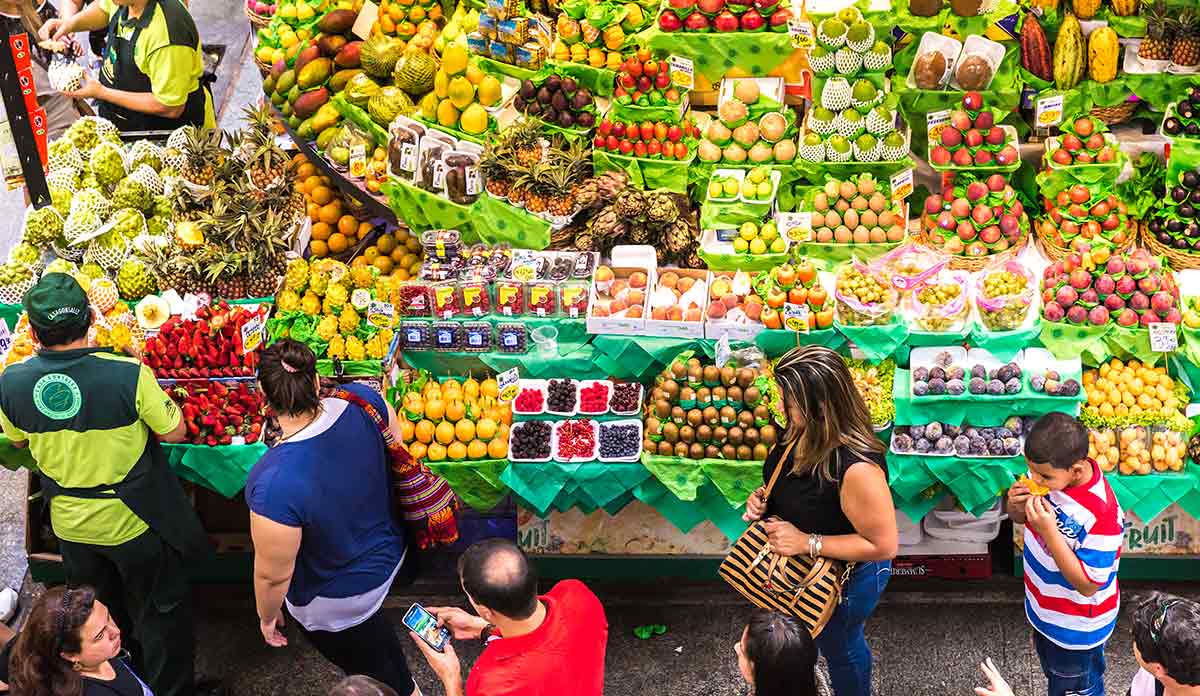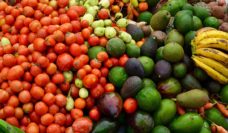American adults do not eat enough fruits and vegetables, at least not enough to match the standard set by the Dietary Guidelines for Americans. Only 18% consume the recommended 1-2 cups of fruit, and 14% consume the recommended 1-2.5 cups of vegetables daily. In light of this, public health researchers have been paying greater attention to understanding how to improve nutrition equity.
In urban environments, food deserts are often cited as a main reason for poor nutrition. Food deserts are areas where the nearest grocery store is over a mile away from a third of the population. Geographic access, however, may not paint a complete picture explaining what affects diet.
Akilah Dulin and colleagues recently reexamined nutrition trends after noticing inconsistencies in the results of other research looking at food environments. They conducted a study to observe how interpersonal relationships and social dynamics within neighborhoods are related to eating fresh produce. The researchers asked participants to rank how important buying and eating more produce is to people within their social network—neighbors, friends, and family—and whether they agree or disagree that cost acts as a barrier to eating nutritious food. They also asked how often neighbors encouraged participants to buy, eat, and serve more fresh fruits and vegetables.
These results suggest that even in low-income areas and within the constraints of food deserts, positive neighborhood social environments may be associated with more fruit and vegetable consumption.
The findings confirmed the hypothesis that social support for actively buying and eating fruits and vegetables may reflect dietary habits. After taking socioeconomic status out of the analysis, the researchers found that participants living in neighborhoods with greater social support for fruit and vegetable intake ate around a third of a cup more than those in neighborhoods without strong social ties. These results suggest that even in low-income areas and within the constraints of food deserts, positive neighborhood social environments may be associated with more fruit and vegetable consumption.
The authors propose designing nutrition interventions and policies that bolster existing network support for purchasing and eating fresh produce.
Feature image: filipefrazao/iStock. “Sao Paulo, Brazil – September 15, 2014: People visiting the famous Municipal Market (Mercado Municipal) in Sao Paulo. Its a huge and bustling market with local fruit, vegetable, spice or condiment you could ask for.”













